Du denimérique
@AnthonyMasure (Dean of Research, HEAD – Genève, HES-SO)
—
Symposium “Jeansdinge on the Move”
Team: Katharina Hohmann, Aude Fellay, Lucien Monot, Lorelei Regamey,
Katharina Tietze, Chaïm Vischel, Camille Farrah Buhler
—
HEAD – Genève, 18 March 2022
Abstract
To better understand the informational viral dynamics (hashtags, memes, videos, etc.) that characterize the contemporary era, this intervention proposes connecting the denim material’s proliferation with digital technologies. If they appear unrelated at first sight, they have in common that they proliferate in our existence like viruses, that is to say, like hosts that exist only in multitudes and in relation to other entities. How can we sustainably envisage this protean contagion?
Can “Jeansdinge” help us to
better understand contemporary
technological conditions?
0 —
Context

Caroline Bernard, “Design viral, méthodologie pour un buzz citoyen,” HEAD – Genève, 2017-2019
Design-Viral.ch, HEAD – Genève, 2017-2019

1 —
Attention economy and captological design
Layers of capitalism
- Industrial capitalism (1850–)
concentration of tools of production - Financial capitalism (1980–)
speculation and domination of financial institutions - Cognitive capitalism (2000–)
capture of the mind
“How Netflix chooses the images of the series according to your profile”

Eshan Shah Jahan, “The Rise of the UX Torturer,” Medium, 2014
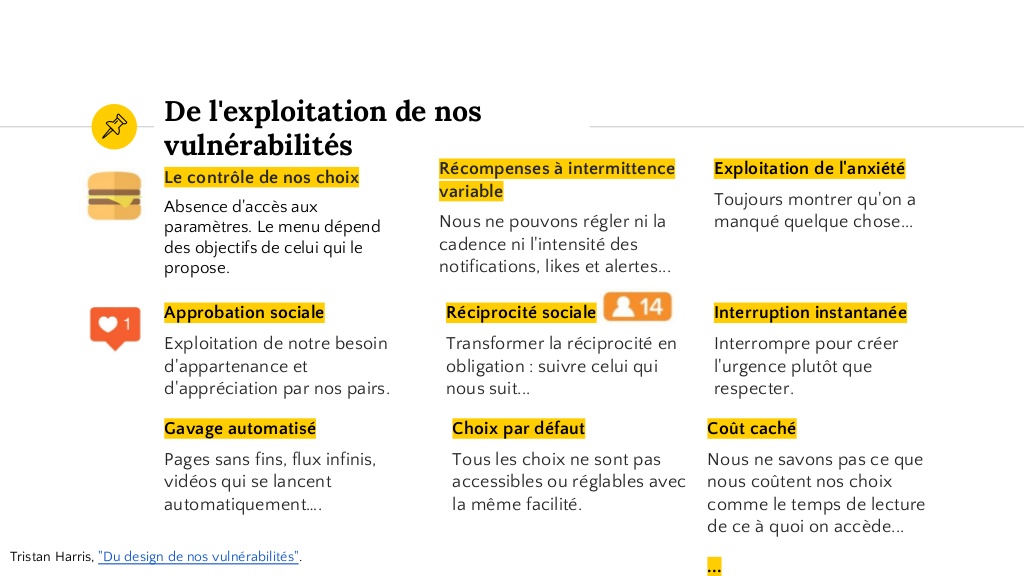
Hubert Guillaud, “Responding to the design of our vulnerabilities”
Statement
The economics of attention is mainly based on cognitive science,
and more precisely on behavioural models
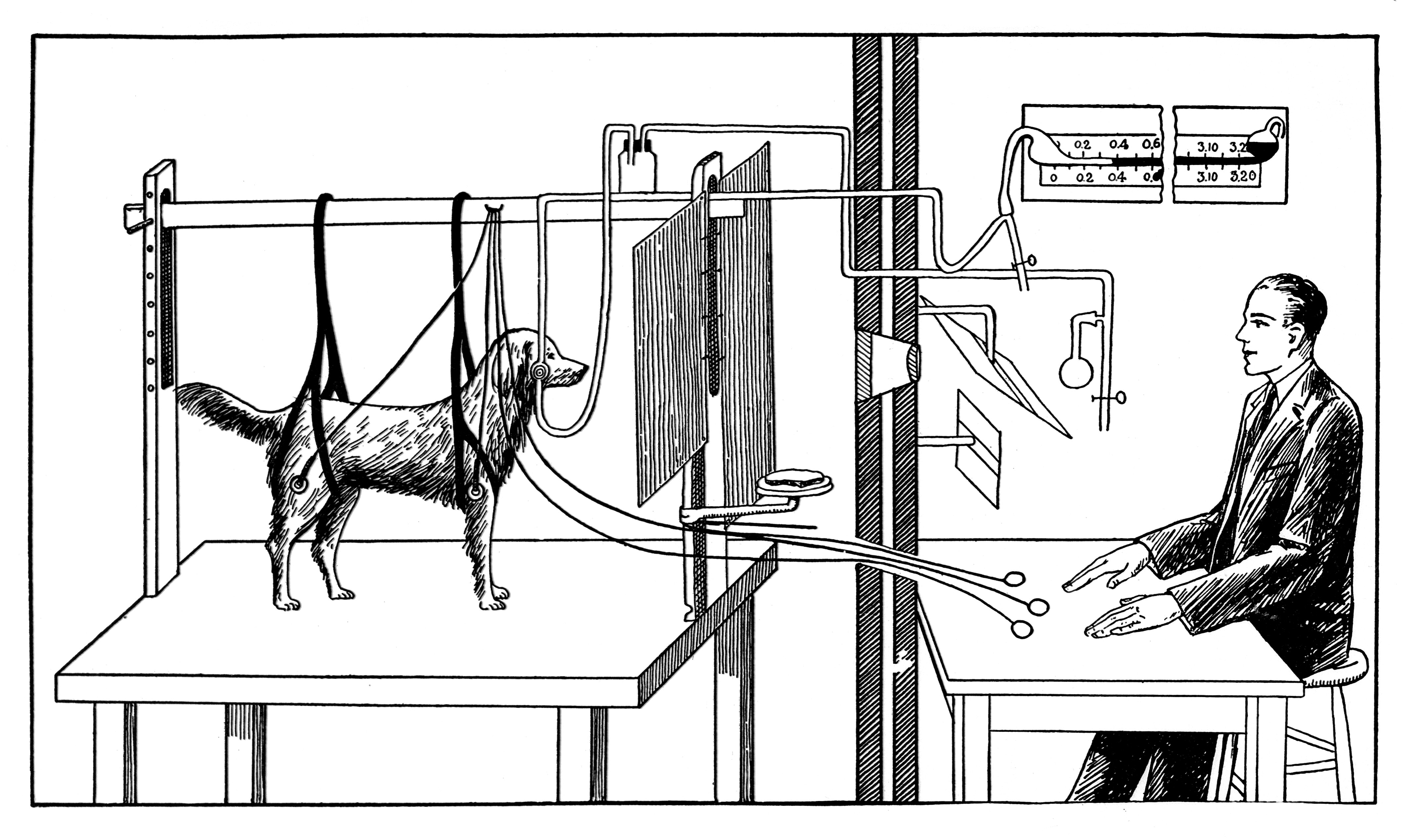
Moving away (finally) from the behavioural model?
Pavlov test, ~ 1901
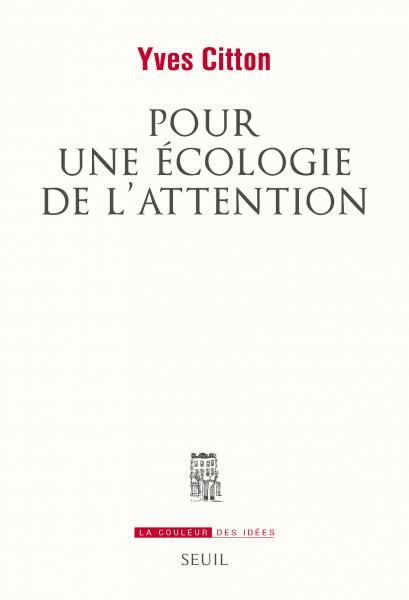
Yves Citton, Pour une écologie de l’attention, 2014
Fifty shades of blue
“When a company is filled with engineers, it turns to engineering to solve problems. Reduce each decision to a simple logic problem. Remove all subjectivity and just look at the data. […] And that data eventually becomes a crutch for every decision, paralyzing the company and preventing it from making any daring design decisions. Yes, it’s true that a team at Google couldn’t decide between two blues, so they’re testing 41 shades between each blue to see which one performs better. […] I’ve grown tired of debating such minuscule design decisions. There are more exciting design problems in this world to tackle.”
— Douglas Bowman, “Goodbye, Google,” March 2009
2 —
On digital denim

Katharina Hohmann, Katharina Tietze, Jeansdinge, 2001–

Etsy, “Digital Denim,” March 2022
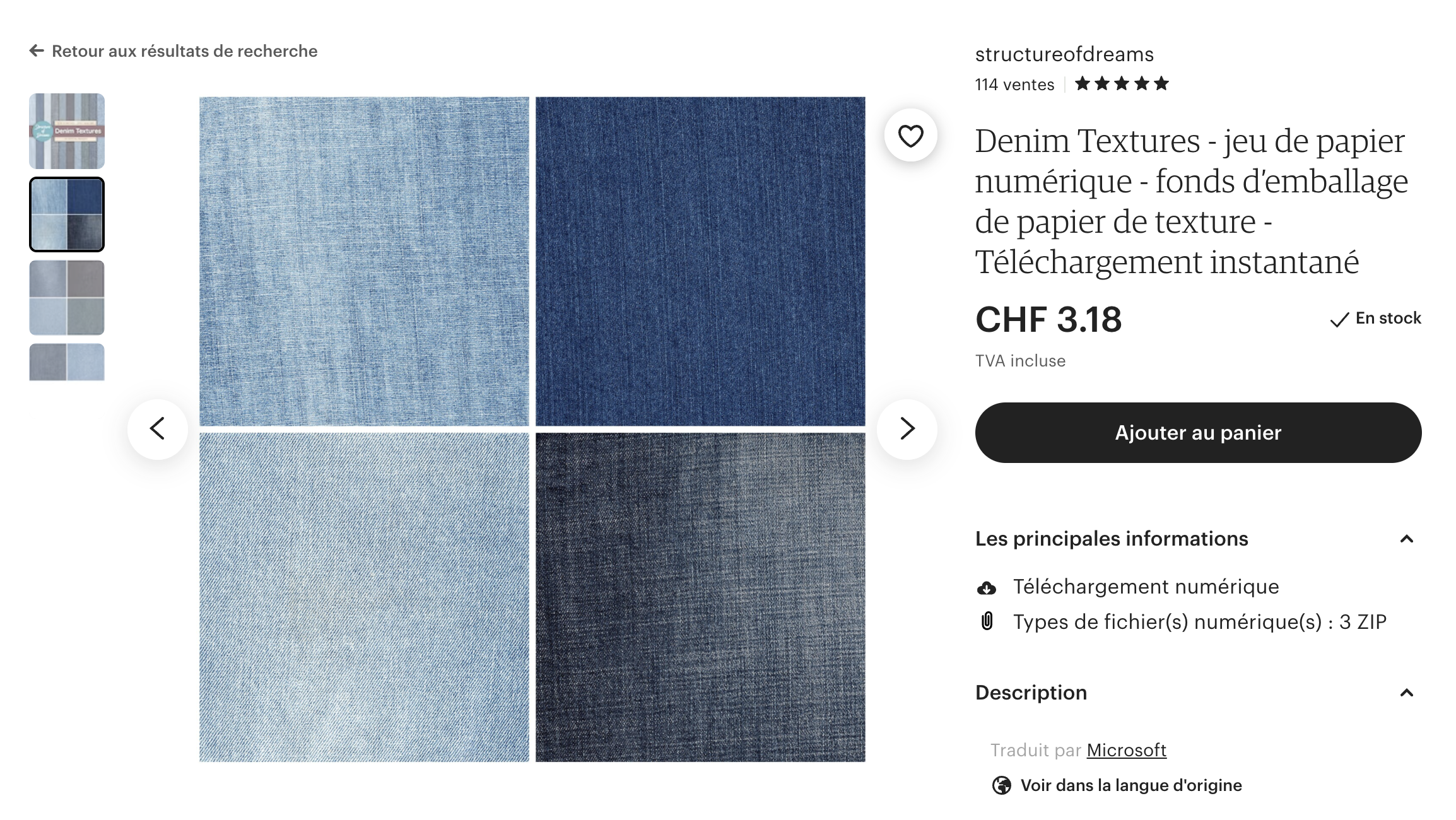
Etsy, “Digital Denim,” March 2022
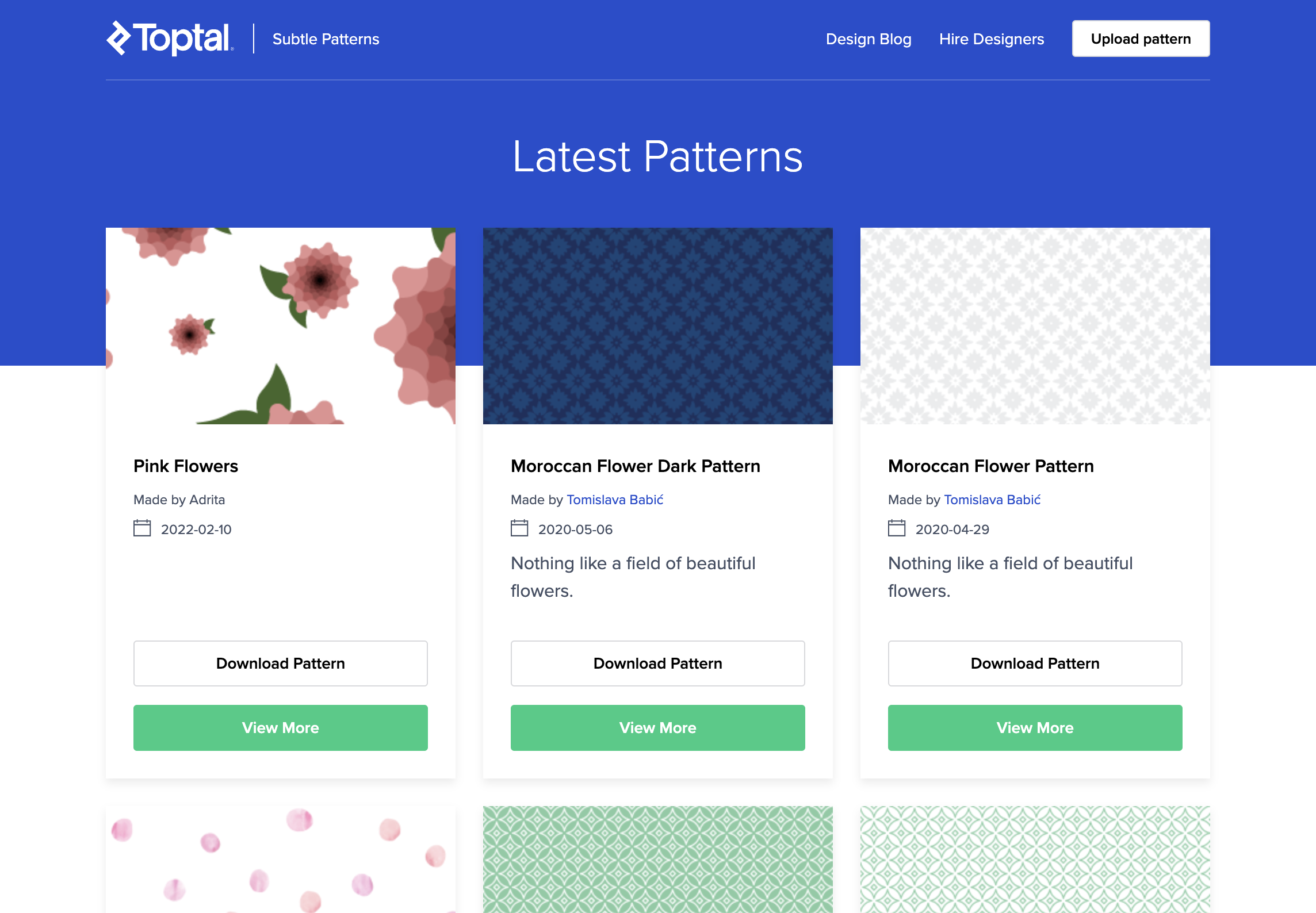
— Conclusion
Manifesto for a
science of layers
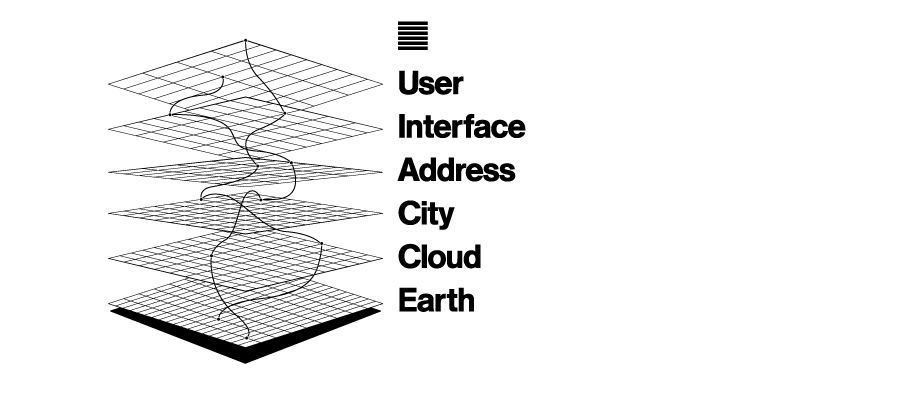
Benjamin H. Bratton, The Stack. On Software and Sovereignty, 2016
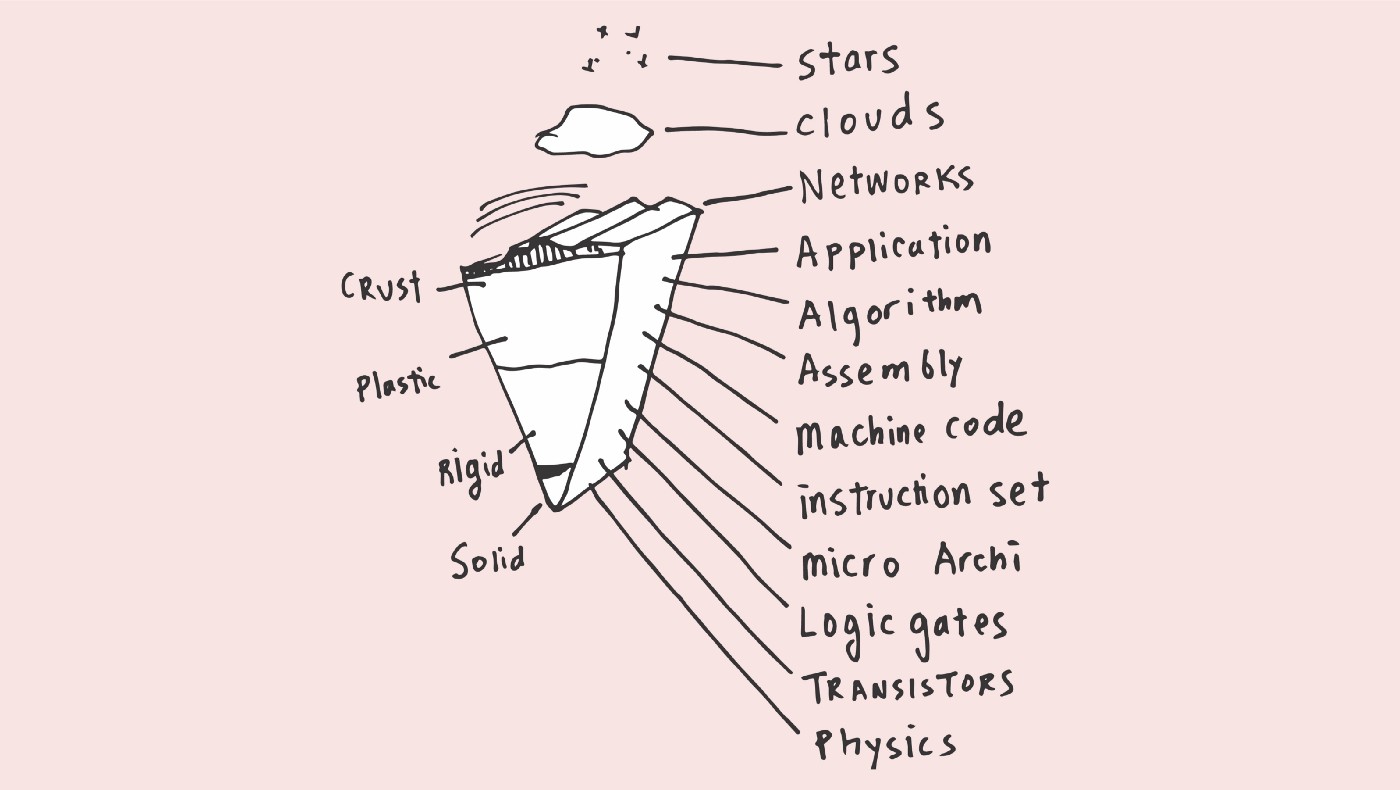
Taeyoon Choi, “Layers of computing #1,” Digital illustration, 2019.
A section of the earth. Physics, Transistors, Logic Gates, Micro Architecture, Instruction Set,
Machine Code, Assembly, Algorithm, Application, Networks, Clouds, Stars
Manifesto for a science of layers
- The Jeansdinge collection should be completed with digital assets
- We often talk about shapes when we should also be talking about textures
- In technologies, there is no hidden truth, but only layers of layers
- Naming these layers can help to better understand the entanglements between technology and capitalism
- The persistence of denim can help us do this
@AnthonyMasure
www.anthonymasure.com
Slides powered by Reveal.js, MIT License
Licence of texts: CC BY–SA
Typefaces: Token Family (Phantom Foundry × FutureFonts, 2020–2021)
—
March 2022